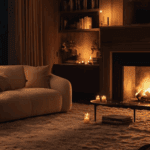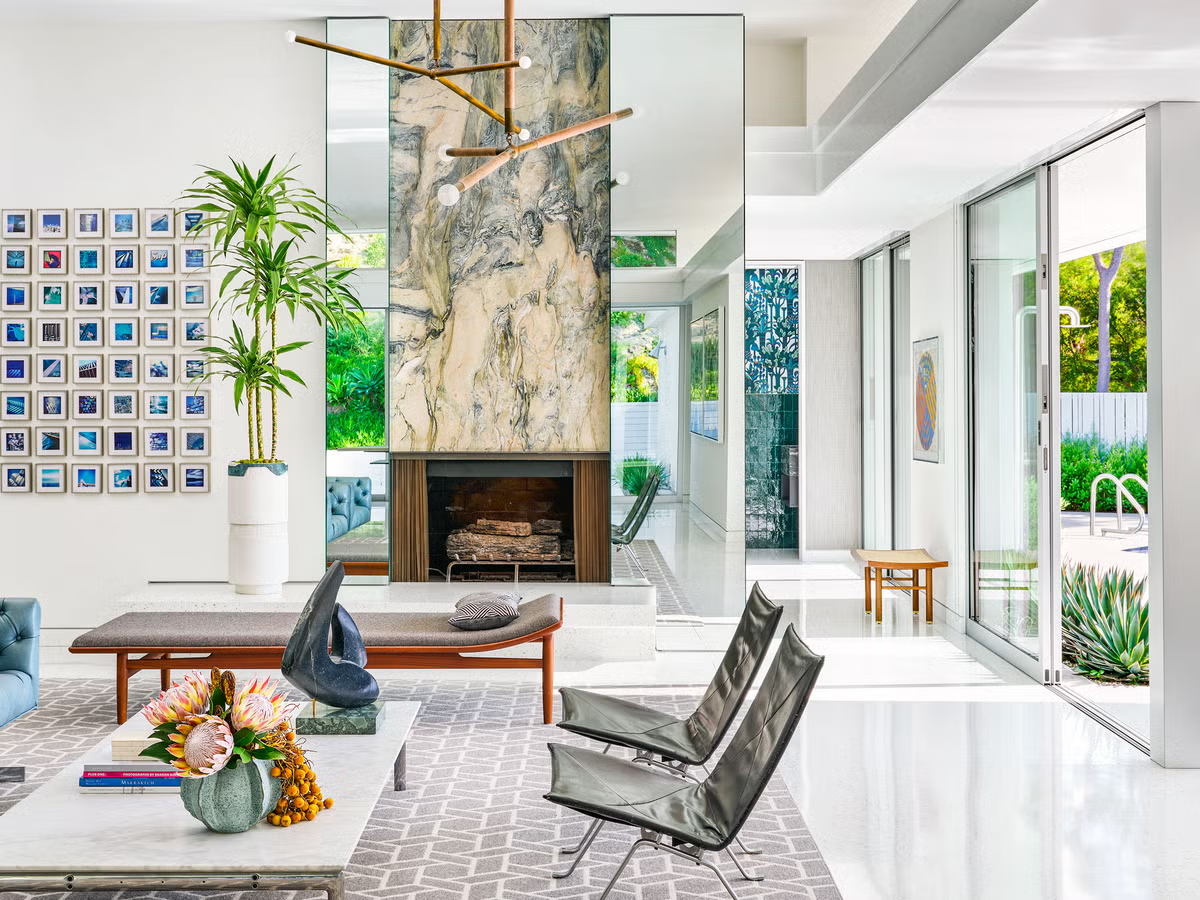Even with all the key design elements in place, it’s possible for a room’s design to feel as though it’s lacking something. Often, this is because one critical feature is missing—the addition and use of various textures. Depending on the room, there are plenty of ways to layer a room with texture, which can make the choices feel overwhelming.
With the help of two design pros, we asked them to share their thoughts on how to add texture to any room, as well as why it’s so important in the first place.
Meet the Experts
Steven Graffam and John Stivale are interior designers and the co-founders of Stivale Graffam Home.
Why Texture Is Important
Before looking at which textures work best in various rooms, it’s important to understand what texture is—and why it matters.
As designer Steven Graffam explains, he sees a room’s texture as the seasoning in a recipe, noting that a textureless room often feels bland.
“When texture is overlooked, a room can end up feeling flat or lifeless, like a cake without frosting,” says Graffam. “Sure, it’s fine, but why settle for ‘fine’ when you can have a masterpiece?”
Fellow designer John Stivale agrees, noting that varying textures are what truly bring a room to life—even beyond color and furniture.
“They add depth, warmth, and personality, but sometimes they’re overlooked because they’re subtle and harder to visualize at first,” he says.
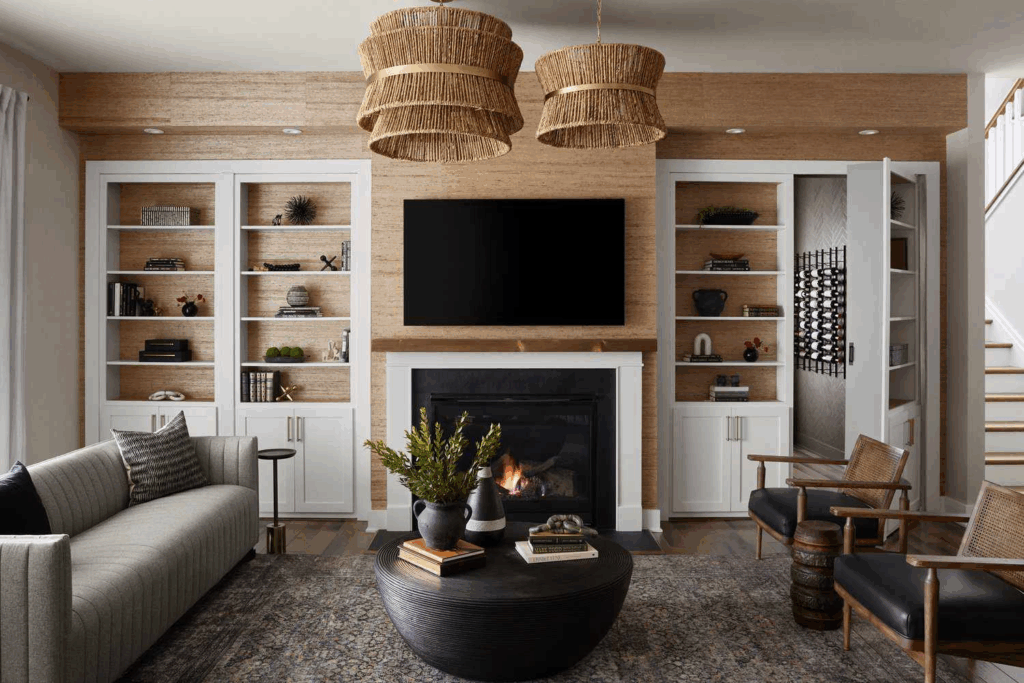
How to Integrate Texture in Different Rooms
Before adding texture, take a look around your space and notice any areas that feel boring or one-dimensional. These are prime spots for adding texture, which Graffam says will add instant depth, warmth, and personality.
Much like adding seasoning to a recipe, it’s also a bit like layering an outfit. For instance, if you have a leather chair, Graffam suggests softening the space with a velvet pillow—it makes the room feel much more inviting.
“It enhances comfort and helps balance elements, turning a room from flat and ordinary to rich and engaging,” says Stivale.
Bedroom
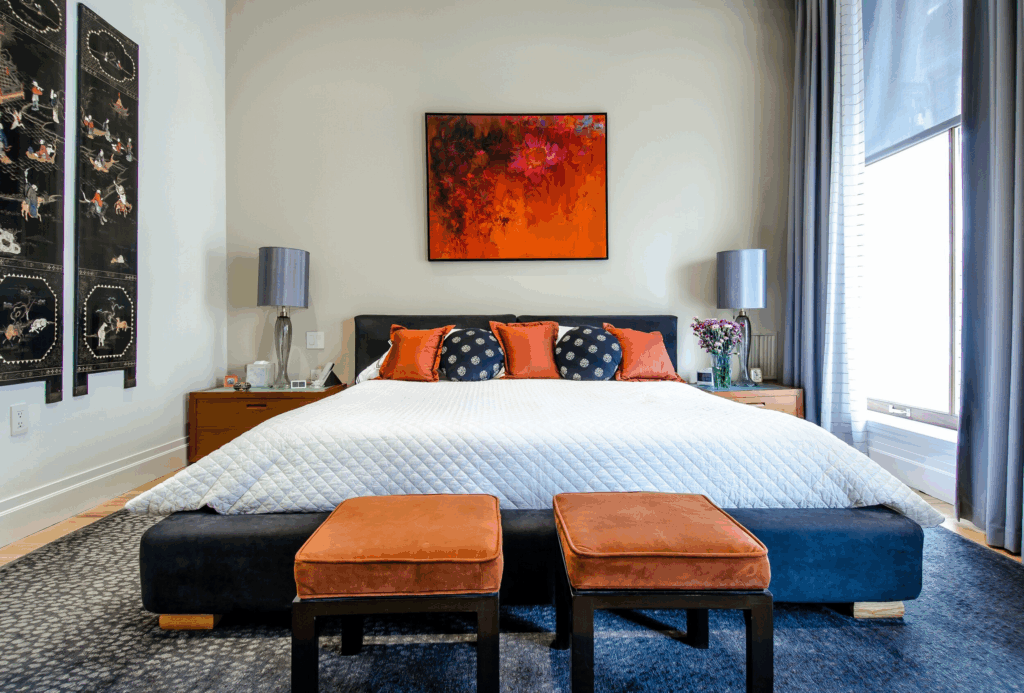
Layering additional textures into your bedroom is an instant way to elevate the space—especially with luxe fabrics, says Stivale.
“Think velvet throw pillows, a chunky knit blanket, or a fluffy rug underfoot,” he says. “It’s like giving your bed a warm hug.”
If you want to go beyond smaller accessories, consider textured wallpaper or a woven or rattan headboard.
“It’s all about creating a tactile experience that makes the room feel inviting and stylish.”
Living Room

While the bedroom is meant to feel lush and calming, the living room is a great place to play with bold and soft contrasts.
Graffam recommends:
- Pairing a velvet sofa with a leather ottoman for an edgy look
- Adding a jute or sisal rug for earthy texture
- Mixing throw pillows in silk, linen, wool, or faux fur
“It’s like a dance party of textures,” he says.
Bathroom
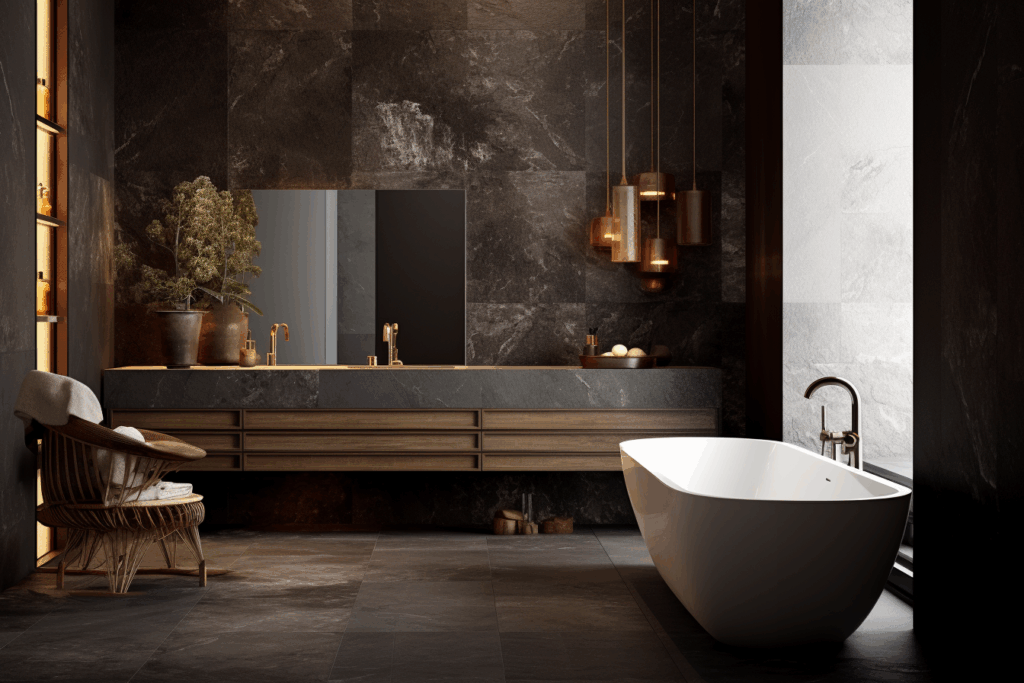
Without texture, bathrooms can easily feel sterile. But you don’t need to go maximalist to fix that. Instead, Stivale suggests using organic materials.
“To create a zen, spa-like bathroom, go for natural textures like stone, wood, and linen. A few plants or a bamboo tray can elevate the space instantly.”
Try:
- Woven baskets
- Linen towels
- Marble countertops or a teak shower bench
Kitchen
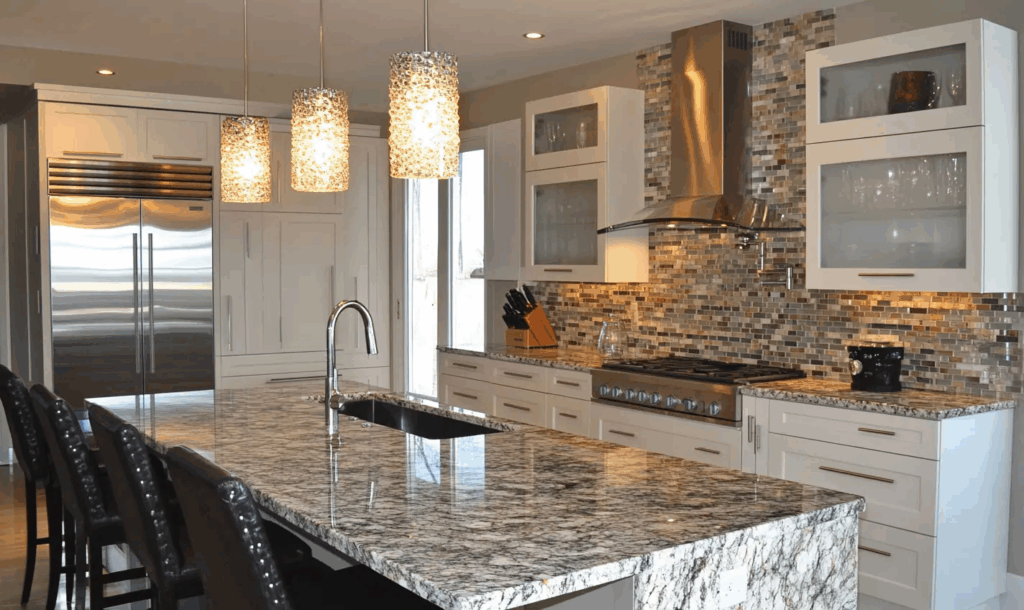
Much like the bathroom, the kitchen benefits greatly from mixed materials.
Graffam suggests:
- Smooth marble countertops with rustic wooden shelves
- Subway tile backsplashes
- Woven fruit baskets
- Wooden cutting boards
- Textured dish towels
“For a full redesign, think textured cabinetry or a statement stone island.”
Also Read : The Ultimate Guide to Bedroom Sizes in 2025: Dimensions, Trends & Design Tips



